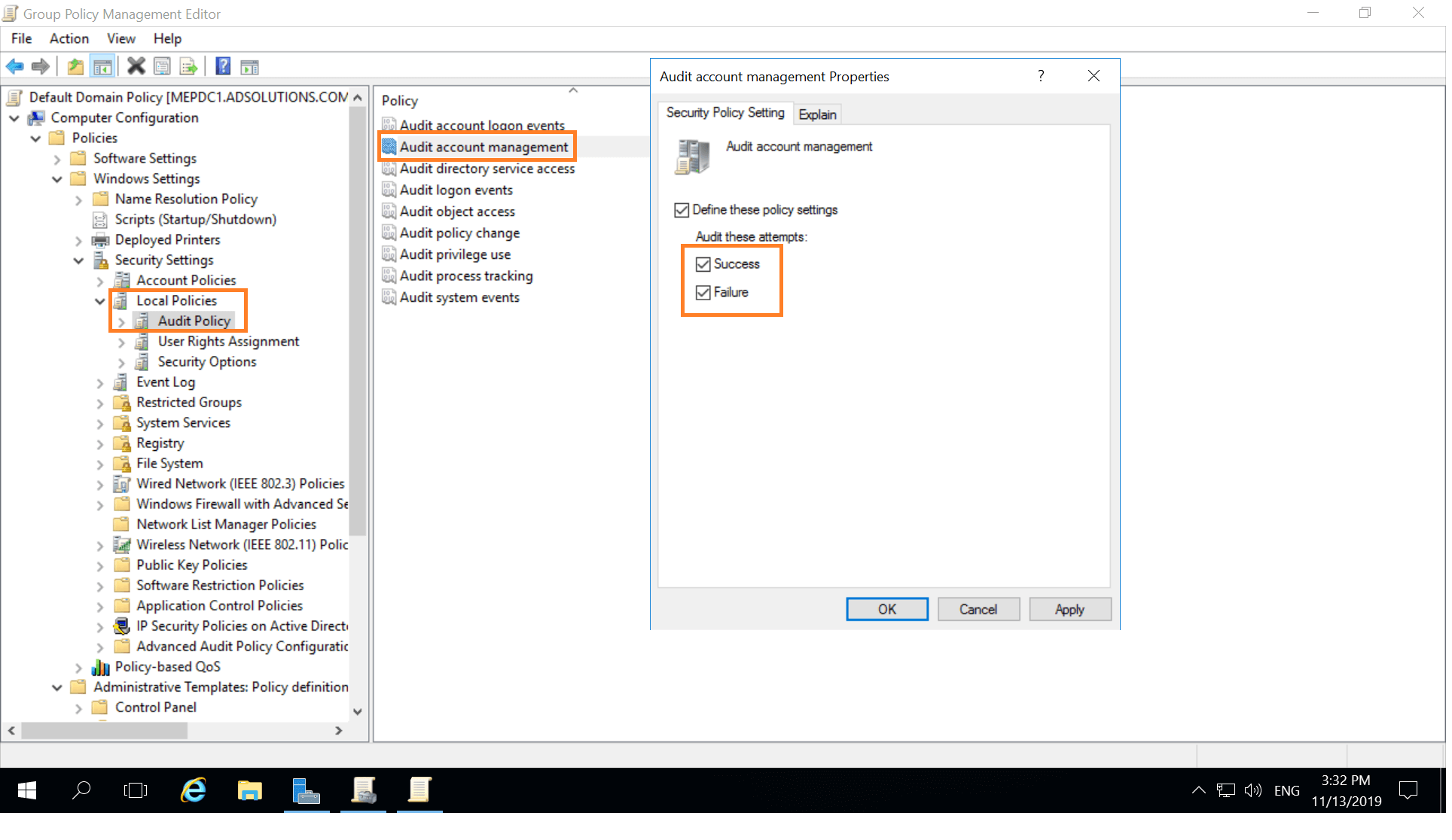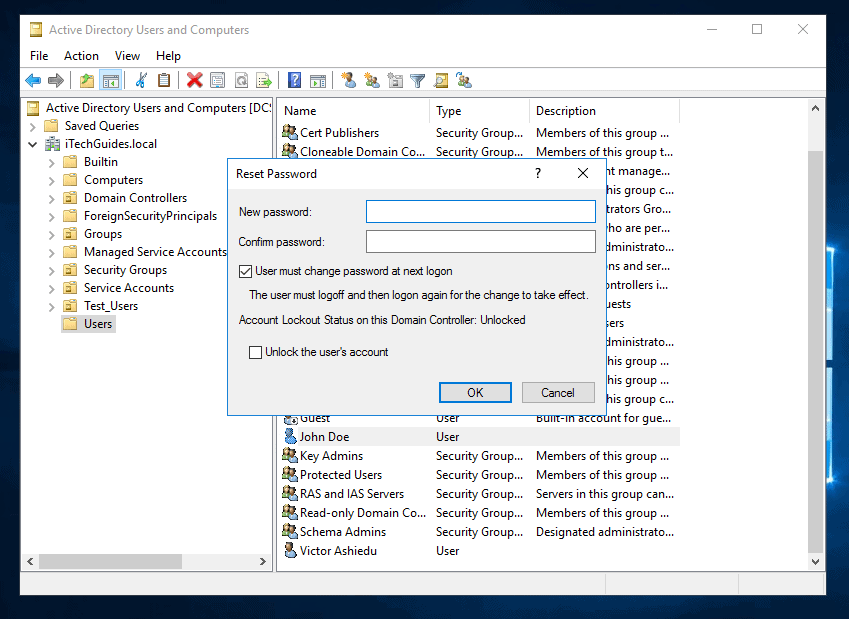

- Mac os active directory force password change how to#
- Mac os active directory force password change windows#
Then you also have the security issues, how do you know the user requesting a password reset over the phone is who they say they are? Can all your service desk staff be trusted to tick the “User must change password at next logon” box? If these sorts of questions keep you awake at night then it may well be worth implementing a self service password reset solution, such as Specops uReset. The sheer number of them can take up huge amounts of time for the service desk, or result in long delays for the end user in being productive again (resetting your password outside of the VPN is a nightmare) which ultimately results in a loss of profit for the company. Password resets are often a problem as organizations grow, or become increasingly remote. In well-connected environments it is often beneficial to enable AD Change notification, this will allow AD changes to replicate much faster between DC’s located in different sites. If such a delay occurs always try to make the password change against the DC that holds the PDC emulator FSMO role and make sure that the GPO setting to check with the PDC on password failure is enabled. This can sometimes result in a delay for the user when they try to use their new password. Once the password has been successfully changed the new password will be replicated around to the other DCs using the standard replication schedule. If it’s an admin password reset that fails then the admin will be able to see the failure message in the application event log on the DC that processed the change.

These error messages can be passed back to the client computer in the event of an end-user password change. The details of the failed settings are not provided by the MS filters, however third-party filters (such as Specops Password Policy/Sync) often provide enhanced feedback. If the password fails any of the filter checks, a basic “failed” message will be returned to the admin/user interface. If all those filters approve the password it will then be written to the users account, and the pwdlastset attribute will be updated on the users account.

Once the password makes it past the Microsoft Password filter it will then it will be processed by any third-party filters that may be installed, such as Specops Password Policy or Specops Password Sync. The user account may also be affected by a fine-grained password policy so their membership will also be checked to see if they are affected. These are usually defined in the Default Domain GPO, but may have been moved to another GPO in some environments. The password is then processed by the Password Filters on the DC to check that it meets the complexity, history, and length requirements. So what actually happens when the password reset command hits a domain controller?įirstly the credentials of the user are checked when the initial connection to the DC is made to make sure that the user who is updating the password is allowed to do so for the target account. There are probably a few more such as making the password change/reset using LDAPS or ADSI programming interfaces, but they are a little out of scope for this blog!
Mac os active directory force password change windows#

Mac os active directory force password change how to#
How to change user passwords in Active Directory


 0 kommentar(er)
0 kommentar(er)
